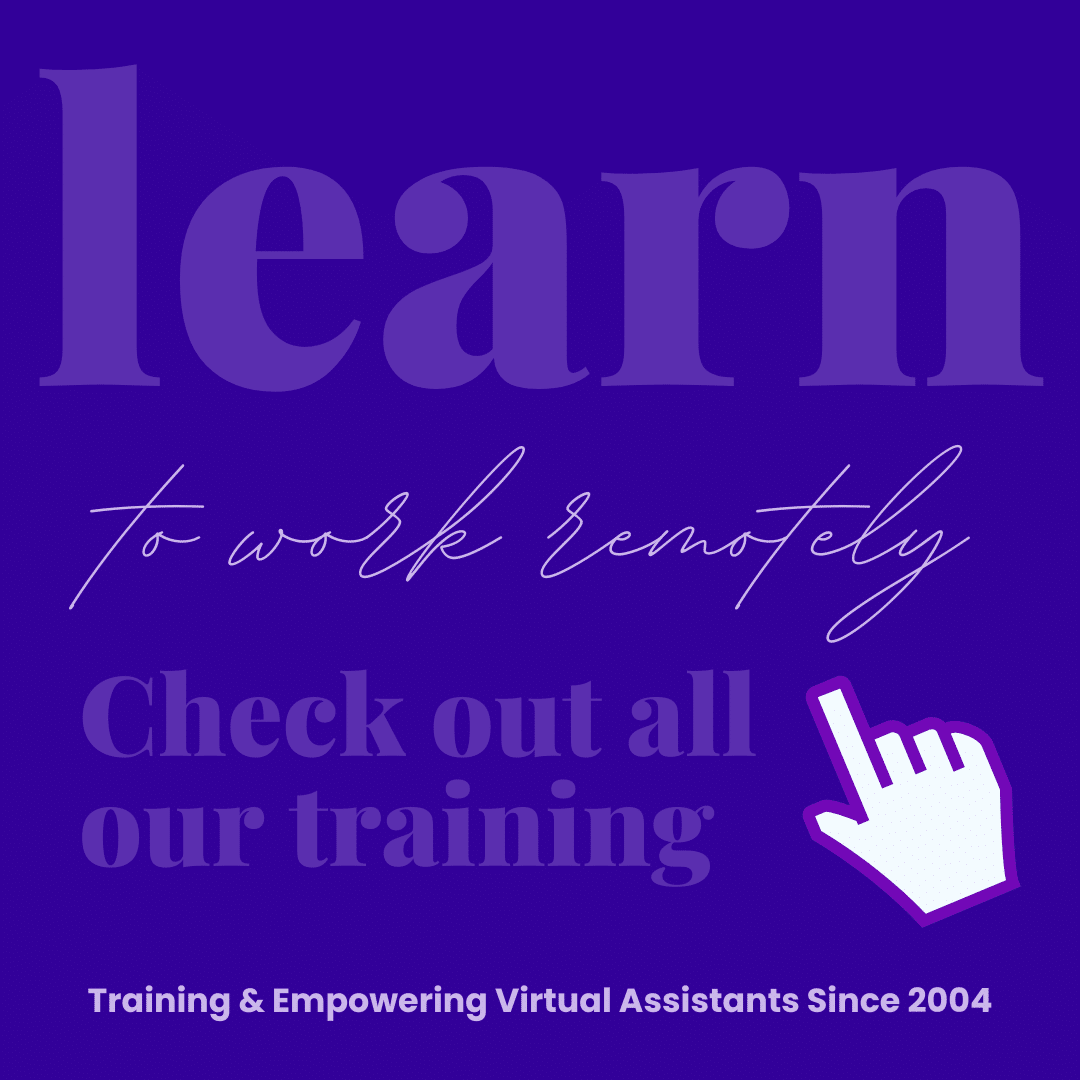The year is 2030.
The workplace has undergone a revolution, and remote work is now the default for most businesses. With advancements in technology and changing work cultures, the role of Virtual Assistants has evolved beyond recognition. In this new landscape, Virtual Assistants aren’t just “assistants” anymore—they’re indispensable partners, strategists, and innovators for businesses worldwide.
So, what does this future look like, and how can you, as a Virtual Assistant, adapt to thrive in this new era?
Let’s take a look at how things have changed and what you can do to stay ahead.
The 2030 Reality: A New Era of Virtual Assistance
In 2030, the line between in-house staff and virtual teams has blurred completely. Artificial Intelligence and Virtual Reality have dramatically redefined remote collaboration, and Virtual Assistants now play an expanded role in the strategic direction of businesses.
Here are some of the key changes that define this new reality:
1. AI-Powered Personalization and Automation
By 2030, AI tools aren’t just simplifying basic tasks; they’re enhancing strategic decision-making and elevating personalization to new heights. Businesses rely heavily on AI-driven insights to predict customer behavior, create tailored experiences, and automate complex workflows.
What This Means for Virtual Assistants:
- Increased Focus on Strategy: Routine tasks are automated, freeing up Virtual Assistants to focus on high-level strategies and creative problem-solving.
- Advanced Data Analysis: As businesses utilize data to guide their decisions, VAs with data analysis skills will become indispensable for interpreting AI-generated insights.
How to Adapt:
- Upskill in AI and Data Analysis: Master AI tools relevant to your niche and get comfortable analyzing data to offer insights that go beyond what machines can generate.
- Embrace Strategic Roles: Position yourself as a proactive partner rather than a passive task-doer. Demonstrate your ability to drive strategic decisions for your clients.
2. Virtual Reality Collaboration Spaces
Forget Zoom meetings. In 2030, virtual reality (VR) has become the preferred mode of communication for remote teams. Businesses host meetings in immersive VR environments where remote team members “meet” in the same space, brainstorm on virtual whiteboards, and interact with digital objects. Virtual Assistants are often tasked with managing these collaborative VR spaces.
What This Means for Virtual Assistants:
- New Meeting Formats: Remote meetings feel like in-person interactions, but they require tech-savvy VAs to manage and facilitate.
- Client Training and Onboarding: VAs play a key role in helping clients and their teams navigate VR tools and set up virtual collaboration spaces.
How to Adapt:
- Get Comfortable with VR Platforms: Explore VR collaboration tools like Meta Horizon Workrooms and spatial computing platforms to stay ahead.
- Offer VR Training Services: If you’re proficient with VR, add this as a service to help clients and their teams transition smoothly into virtual collaboration.
3. Remote Teams Across Time Zones and Cultures
The future has redefined what it means to work “remotely.” In 2030, businesses are hiring talent from every corner of the globe, leading to remote teams spanning multiple time zones and cultures. Virtual Assistants aren’t just managing tasks—they’re orchestrating diverse teams and ensuring smooth communication.
What This Means for Virtual Assistants:
- Asynchronous Workflows: Remote teams now operate asynchronously, with VAs coordinating handovers and updates to ensure projects move forward seamlessly.
- Cultural Sensitivity: Understanding diverse cultural contexts has become crucial in maintaining cohesive, global remote teams.
How to Adapt:
- Master Asynchronous Collaboration Tools: Learn how to use tools designed for asynchronous communication and project management, like Slack, Trello, and Loom.
- Enhance Cultural Intelligence: Invest in understanding different cultures and communication styles to better facilitate collaboration in global teams.
4. Augmented Skill Sets: The Hybrid VA
In 2030, the most successful VAs aren’t defined by a narrow set of skills—they’re hybrids who combine technical expertise with creative flair. Think of Virtual Assistants who can handle anything from automating business processes to crafting engaging visual content.
What This Means for Virtual Assistants:
- Versatility Is Key: Clients expect VAs to be adaptable, whether that means automating workflows, creating dynamic content, or managing online communities.
- Emphasis on Creativity: As AI takes over repetitive tasks, human creativity becomes more valuable in crafting unique experiences and solving problems.
How to Adapt:
- Diversify Your Skills: Learn new tools and technologies that complement your existing skill set. For example, pair your project management skills with knowledge of automation tools or develop basic video editing skills to offer content services.
- Focus on Problem-Solving and Innovation: Market yourself as a creative problem-solver who can think outside the box and implement innovative solutions for clients.
Thriving in the 2030 Remote World
While the future may seem intimidating, it’s also brimming with opportunities. The key to thriving in this transformed world is adaptability. Here are some steps to help you stay ahead:
- Commit to Continuous Learning: The industry is changing rapidly, and your skills need to keep up. Take advantage of online courses, webinars, and training to stay on top of emerging trends. Check out the VANA training center to stay up to date!
- Build a Tech Toolkit: Equip yourself with knowledge of the latest collaboration, AI, and project management tools. Your proficiency in using these technologies will set you apart.
- Network and Collaborate Globally: Build connections beyond your usual circles. Engage in global communities to expand your network and learn how to work effectively with remote teams across the world. Become a VANA Community Member!
- Cultivate Emotional Intelligence: While technology takes over many tasks, emotional intelligence remains an irreplaceable human trait. Develop empathy and communication skills to build strong relationships with clients and teams.
Embrace the Future with Confidence
The world of virtual assistance is evolving at lightning speed, but that doesn’t have to be a scary prospect. By staying proactive, continually upskilling, and embracing new technologies, you can position yourself as a future-ready virtual assistant. Remember, change is inevitable—but your success is in how you choose to adapt to it.
Ready to get future-proof?
At VANA, we’re here to guide you through the ever-evolving landscape of virtual assistance. Join our AIVA Mastery training for ongoing training, insights, and support to help you thrive in the AI world of tomorrow.





